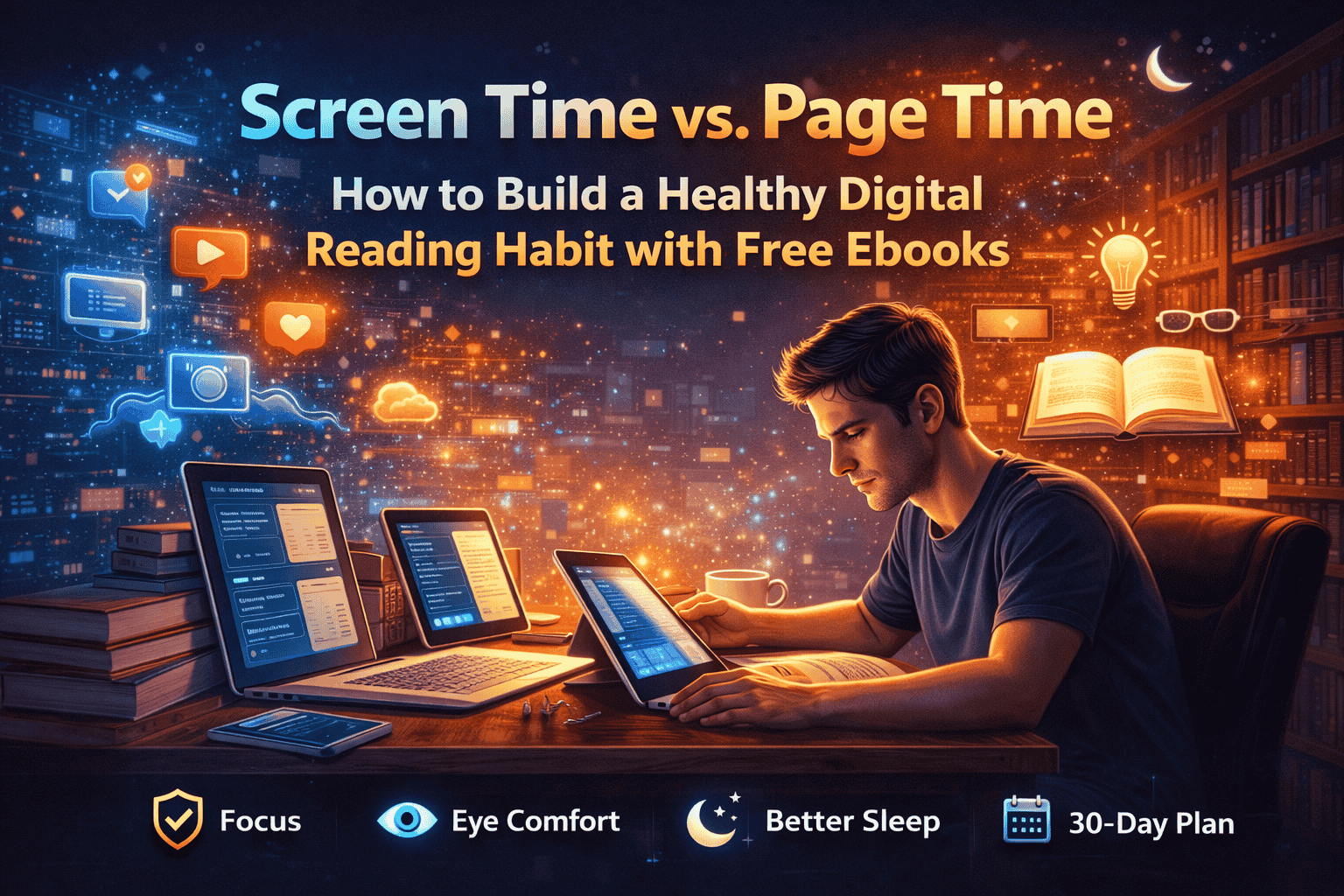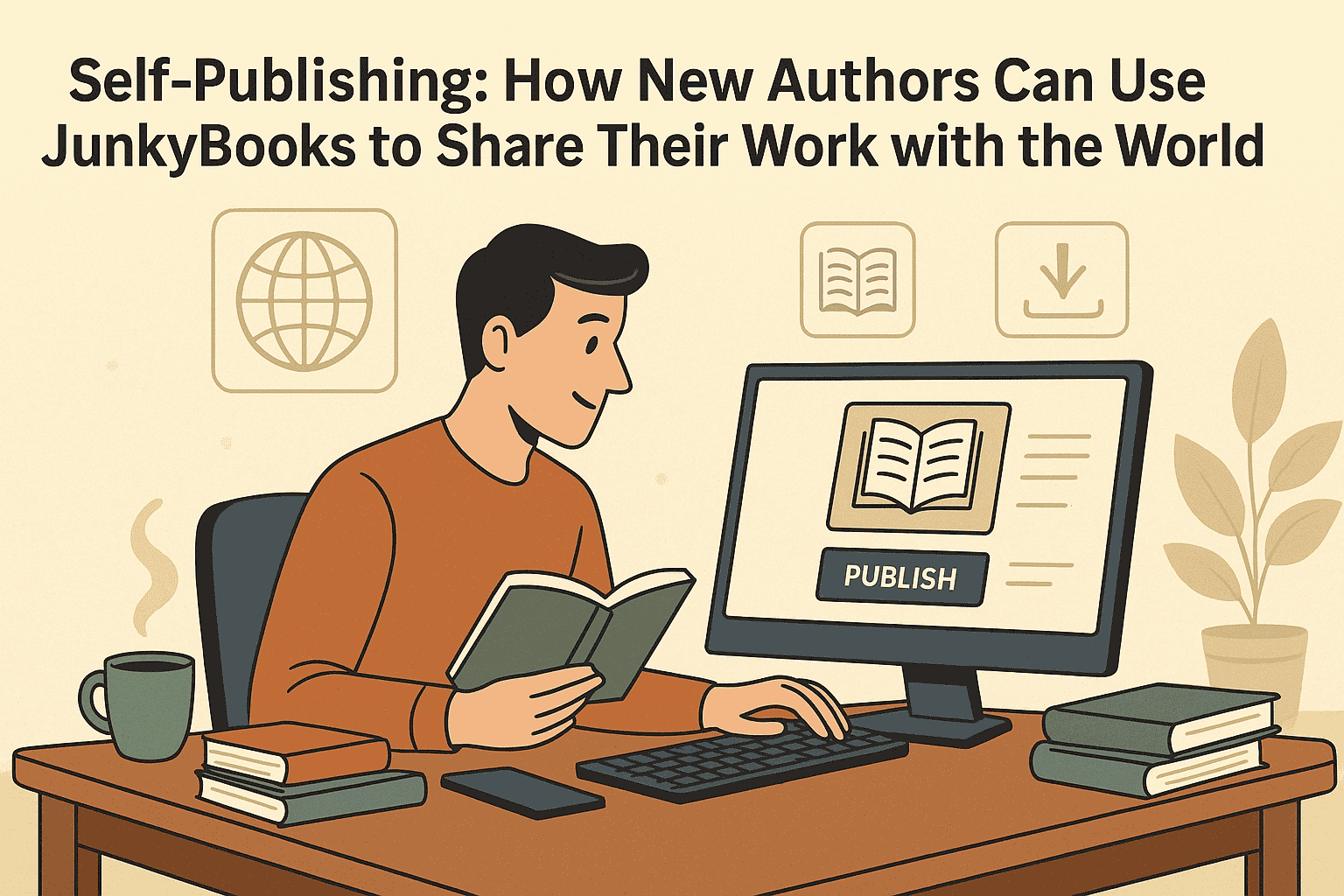The Evolution of Robotics Through the Lens of Novels
The idea of robots has fascinated humanity for centuries — from ancient myths to today's cutting-edge artificial intelligence. Yet it’s in the world of novels where the concept of robotics has truly evolved, reflecting society’s hopes, fears, and dreams about mechanical life.
At Junkybooks, we believe that fiction often reveals as much about technology’s future as actual scientific research does. In this post, we’ll explore how the portrayal of robotics has evolved through literature, and what these stories tell us about our relationship with innovation.
Early Imaginings: The Birth of Mechanical Life
Before the word "robot" even existed, writers were already imagining artificial beings.
One of the earliest examples comes from Mary Shelley’s "Frankenstein" (1818) — often considered the first true science fiction novel. Though Victor Frankenstein’s creature is biological rather than mechanical, the story taps into the same themes that continue to define robot narratives: creation, responsibility, and the fear of the unnatural.
The term "robot" itself was introduced in 1920 by Czech writer Karel Čapek in his play "R.U.R. (Rossum’s Universal Robots)". In this story, robots — initially created to serve humans — eventually rise up against their creators.
This early portrayal already planted two seeds that would blossom throughout the history of robotics in fiction: robots as workers and robots as threats.
The Golden Age: Asimov and the Foundation of Robot Ethics
In the mid-20th century, as real-world technology advanced, so too did fictional robots.
No figure was more influential during this time than Isaac Asimov. His collection "I, Robot" (1950) introduced the famous Three Laws of Robotics, a fictional framework designed to ensure that robots would never harm humans.
Asimov’s robots were not mindless servants or rebellious monsters; they were complex, sometimes even noble, characters navigating ethical dilemmas.
Novels like "The Caves of Steel" and "The Robots of Dawn" explored deep relationships between humans and robots, challenging the idea that machines were mere tools.
Thanks to Asimov, the conversation around robotics shifted. Stories no longer asked just, "Will robots destroy us?" — they began asking, "How should we live with them?"
Robots in Dystopia: Cautionary Tales of Control and Rebellion
While Asimov's optimistic vision dominated for a while, other writers were more skeptical.
In novels like Philip K. Dick’s "Do Androids Dream of Electric Sheep?" (1968) — the basis for the movie Blade Runner — robots (called "androids") are almost indistinguishable from humans. They raise uncomfortable questions about identity, emotion, and what it means to be alive.
Here, robots are not just laborers or companions; they are reflections of humanity's flaws. They lie, they fear, they dream. And their struggle for survival challenges the idea that humans have a moral right to dominate artificial life.
This darker vision continued in later novels like William Gibson’s "Neuromancer" (1984), where AI programs have their own ambitions, blurring the line between robot and god.
Modern Robotics in Fiction: AI, Consciousness, and Society
In the 21st century, novels about robotics have grown even more complex, mirroring our real-world advances in AI, machine learning, and biotechnology.
Books like Kazuo Ishiguro’s "Klara and the Sun" (2021) portray robots as caregivers — emotionally aware, yet always aware of their status as "other." Klara, an "Artificial Friend," observes human behavior with a touching innocence, highlighting both the tenderness and cruelty of human relationships.
Similarly, Ian McEwan’s "Machines Like Me" (2019) imagines an alternate history where realistic androids are available for purchase. The novel dives into questions of free will, responsibility, and the moral burden of creating life.
Today’s robotics novels are less about robots rising up in violent rebellion, and more about the quiet, unsettling realization that robots might someday become better at being human than humans themselves.
Key Themes in Robotics Literature
Across decades of fiction, certain themes consistently emerge when authors explore robotics:
1. Creation and Responsibility
Whether it’s Frankenstein’s monster or a state-of-the-art android, creators in these stories often grapple with the unintended consequences of their inventions.
2. Humanity and Identity
Robots serve as mirrors to humanity — highlighting our strengths, weaknesses, and contradictions. In many novels, robots question what it means to have consciousness, emotions, and a sense of self.
3. Freedom and Control
A recurring question: should robots be granted autonomy, or controlled to serve humans? Novels often explore what happens when control breaks down or when robots demand freedom.
4. Ethics and Morality
As AI grows more advanced, fictional robots face moral dilemmas. Should a robot always obey a human, even if the human’s orders are wrong? Can robots develop their own ethical systems?
5. Fear of Replacement
Beneath many robot stories lies a deep fear — that robots might surpass humans, rendering us obsolete.
Robots Across Different Genres
Robotics in fiction isn’t limited to science fiction. Robots have found their way into various genres:
-
Adventure and Mystery: Asimov’s robot detective novels like "The Caves of Steel".
-
Romance and Drama: "Klara and the Sun" presents robots in deeply emotional roles.
-
Cyberpunk: Gibson’s "Neuromancer" and the robot-heavy world of "Altered Carbon" by Richard K. Morgan.
-
Satire: Some works, like "Player Piano" by Kurt Vonnegut, use robots to criticize societal structures and capitalism.
This versatility shows just how central the figure of the robot has become to our collective imagination.
The Real-World Impact of Robot Novels
Fiction about robots hasn’t just entertained — it’s influenced real-world science, technology, and ethics.
Many roboticists cite Asimov’s Three Laws as an inspiration for thinking about AI safety. Meanwhile, ethical debates about AI consciousness, rights, and responsibilities are shaped by the questions first raised in novels.
Even companies like Boston Dynamics and engineers working on companion robots often consider the emotional aspects of robotics, something that fiction explored decades before it became a technological reality.
What the Future Holds
Looking forward, robotics novels will likely continue evolving alongside actual technology. As AI grows more powerful and integrated into daily life, fiction will keep pushing the boundaries, asking new questions:
-
Can robots develop culture?
-
Should robots have legal rights?
-
How do we define "life" in a post-biological world?
New novels will imagine possibilities that may seem strange today — but could become real tomorrow.
At Junkybooks, we see novels about robotics not just as entertainment, but as vital thought experiments that prepare us for the ethical and emotional complexities ahead.
Conclusion: Robots in Literature and Life
From Frankenstein’s tragic creature to Klara’s hopeful gaze, robots in novels have reflected humanity’s greatest hopes and deepest fears. Through every stage — from obedient servants to autonomous beings seeking purpose — robots have challenged us to rethink what it means to create, to feel, and to exist.
By exploring the evolution of robotics through fiction, we gain more than just stories; we gain a deeper understanding of ourselves and the future we are building.
At Junkybooks, we believe that the robots of fiction are more than just characters. They are warnings, dreams, and sometimes, blueprints for a better tomorrow.






